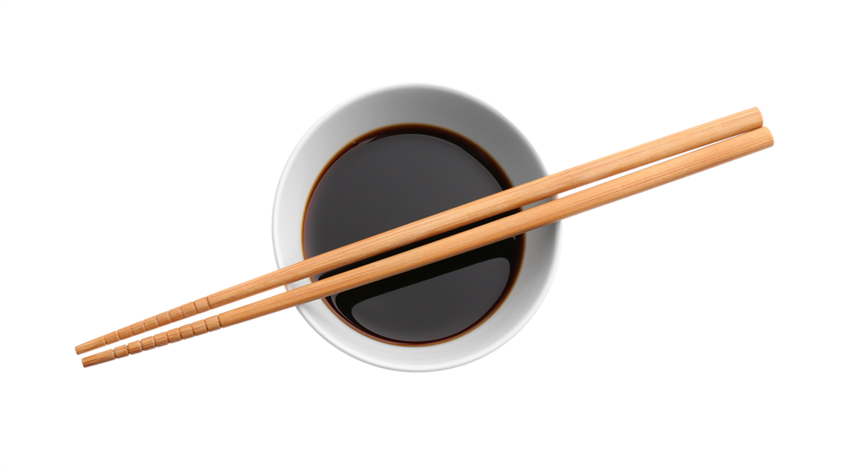
Learn how to use chopsticks before you go to Japan will save you a lot of trouble – Japan’s being an island country that has fascinating cultures with deep tradition dated back to hundreds of years ago has gone through rapid changes. But one thing that remains unchanged is its deep-rooted etiquette and manners.
Learning how to use chopsticks is not a must for Japanese dining etiquette but it will make you whole travel experience much enjoyable– particularly in formal occasions or even when doing business in Japan.
Follow the following instructions as to how to use chopsticks to impress your friends while enjoying your meal.
Japanese Chopsticks are a Tool used for Food Traditionally
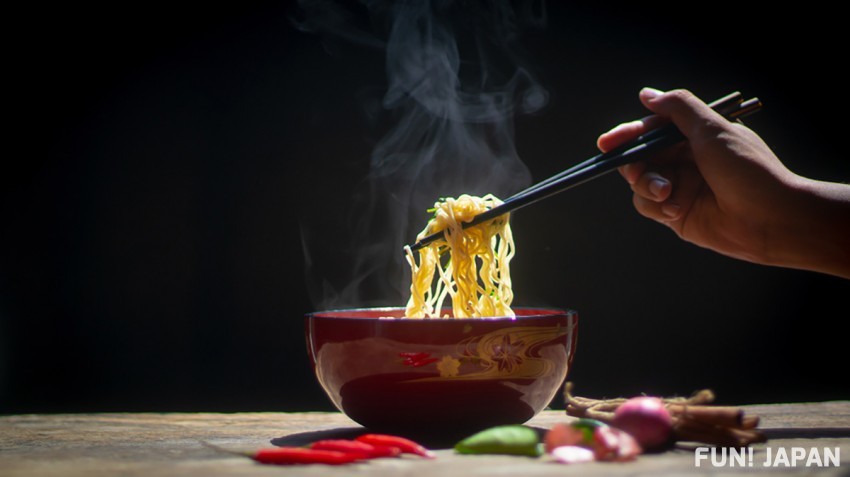
Always remember to use both hands to pick up the chopsticks and understand that these are eating utensils. Just like using a spoon or fork, don’t play with them or point at someone while eating. Also, ensure you don't stick the chopsticks directly in the food when not using them as this is something performed at funerals and can be seen as very rude by Japanese people; instead, place the on a specialized stand that is typically provided.
How to Properly Use Chopsticks?
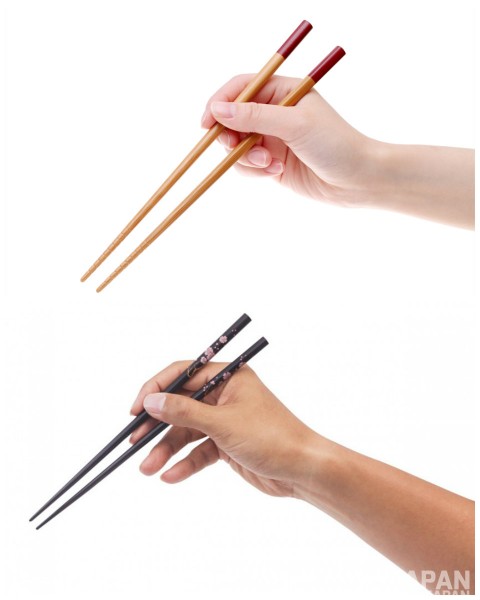
Mastering using chopsticks can definitely take some time, but I recommend watching other people and trying to copy the way they do it to master using them the fastest. The old saying "Practice makes perfect" goes a long way here. The correct way to hold chopsticks is to hold the first chopstick one third of the way down from the top of your hand with your index and middle finger and support it with the tip of your thumb as shown in the picture above. Then rest the second chopstick against your ring finger and the base of your thumb. One of the most important things to remember here is that the second chopstick should always be stable and not move. When you're picking up foods, move your thumb, index and middle finger. At first you might not be able to do it correctly but keep practicing and you'll eventually be a chopstick pro.
Where to Rest Japanese Chopsticks?
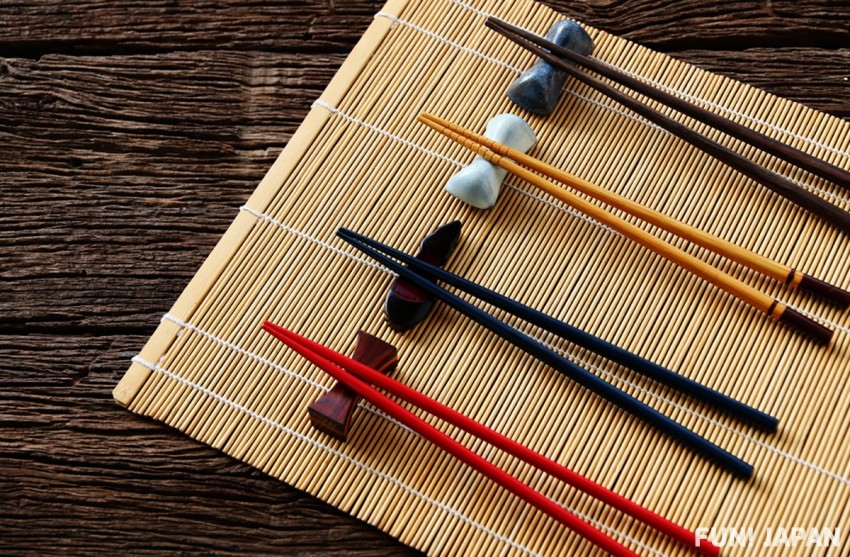
Most of the Japanese restaurants will provide you with a hashi-oki (chopstick rest) – when you're not using the utensils, you should place them onto the rest. However, even if you don’t see any chopsticks holder, you should always put them neatly in front of you. Be creative with your chopstick covers and maybe even try a chopsticks holder origami as well. Also, make sure your chopsticks are places horizontally at all time because having your chopsticks pointing at someone is considered rude.
Here is a fun video showing you how to make a chopstick rest:

Japanese Chopstick Etiquette
There are specific manners and rules to using Japanese chopsticks, here we will introduce you to some of the most important rules.
DO NOT Putting your Chopsticks into Rice Vertically
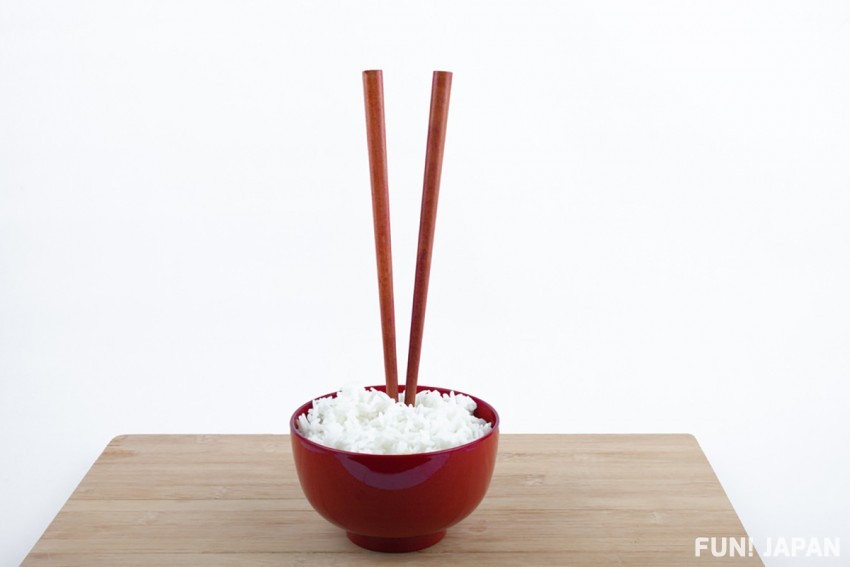
Putting chopsticks vertically into rice like this is a taboo in Japan, this is because during a ceremony for the dead this is what they do to offer rice to the dead. it is considered very rude and also very bad luck to do this with your rice.
DO NOT Stab Food with your Chopstick
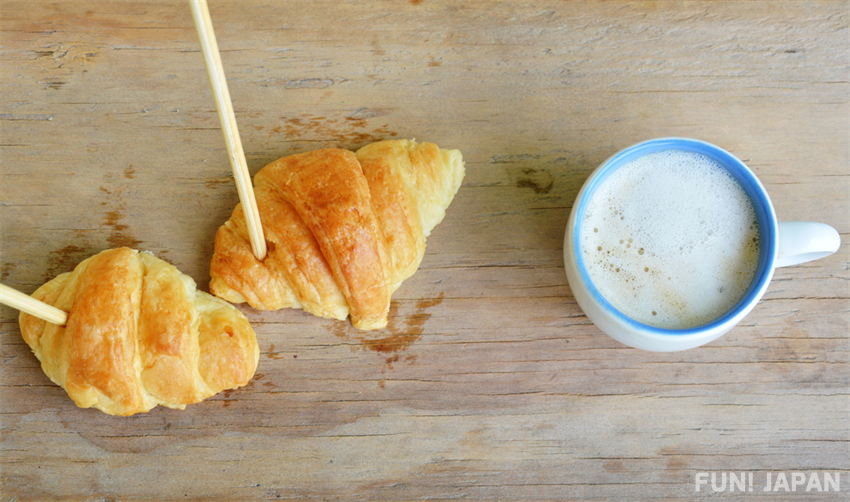
That’s right! No digging or stabbing of food – always remember that chopsticks are always used together and when you use your chopsticks to stab the food it is considered very rude.
DO NOT Rest Chopsticks on your Bowl
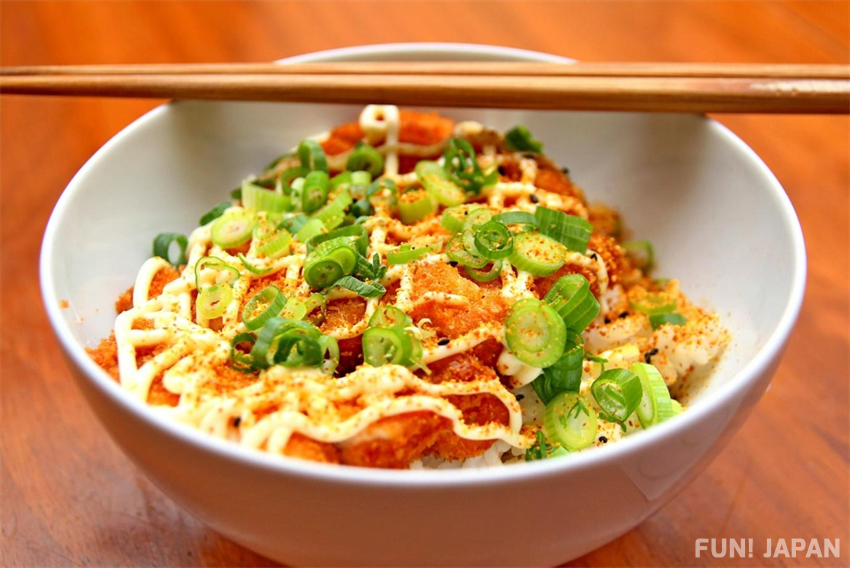
It literally means a chopsticks bridge in Japanese. By placing your chopsticks on top of the bowl it can mean that you are not enjoying the food and it could be an insult to the chef. As mentioned above, you should utilize your chopsticks rest at all time.
DO Place the Chopstick Down Before you Start Having a Conversation!
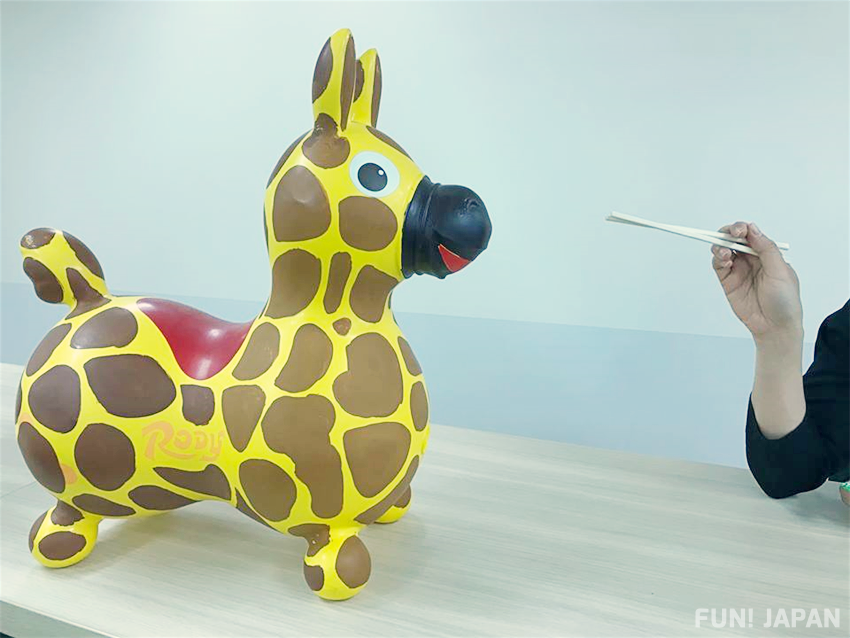
Do you usually talk with your hands? If that’s you, you should put your chopsticks down before you start waving your utensils in the air. Also, remember that using them to point at someone is considered as bad manners – chopsticks are not weapons!
DO NOT Share Food by Passing from Chopsticks to Chopsticks
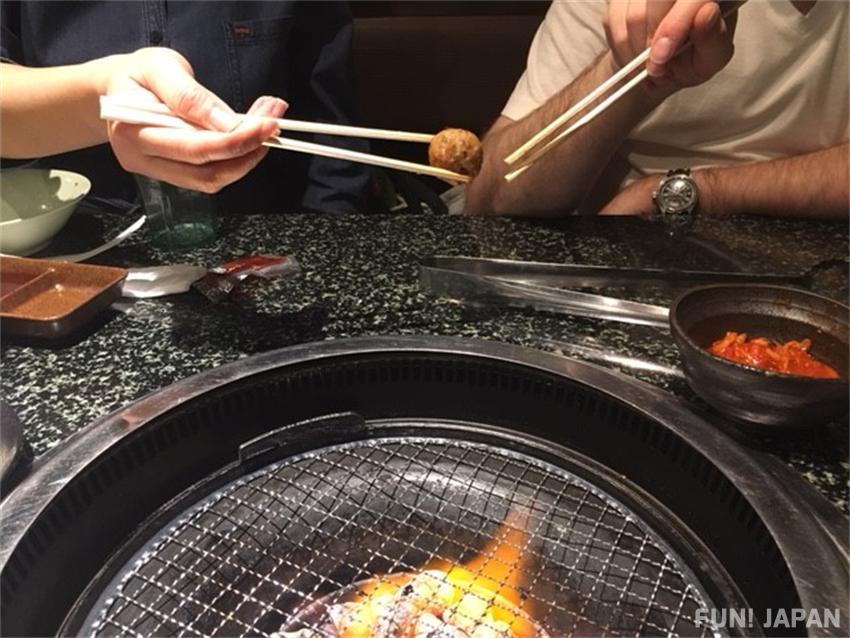
This also resembles Japanese traditional ritual customs during a Japanese funeral when cremated bones are transferred to the urn. As this is considered to be probably the biggest taboo over the dinner table so ensure you avoid this at all times.
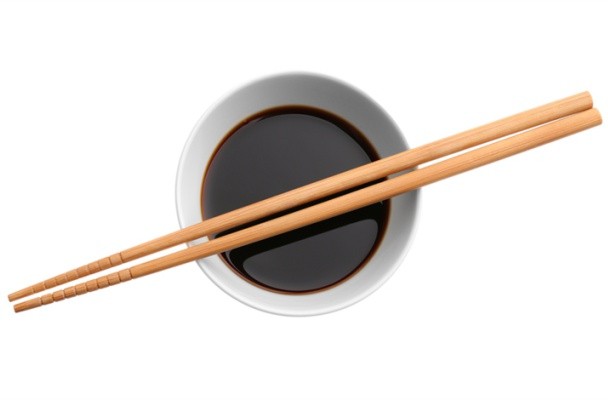
Comments